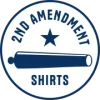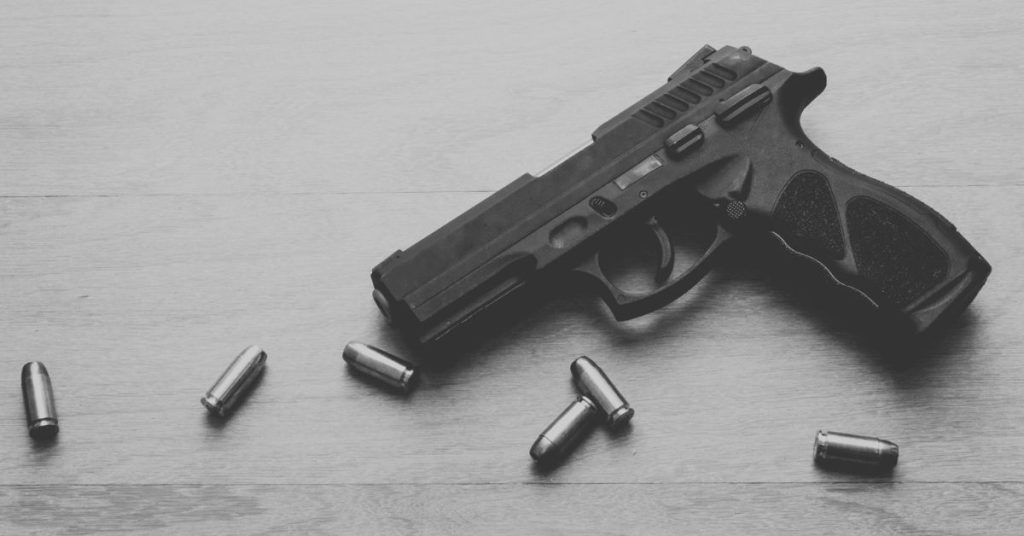The .40 S&W is one of gauges most acclaimed by the marksmen of the 21st century. Its ballistic properties, half-way between that of the 9mm Parabellum and .45 ACP, make it a very interesting option.
History of .40 S&W Ammunition
The 1990 American Shot Show, a popular handgun fair, served as a backdrop for the birth of the .40 S&W. From the hand of its two sponsors, the prestigious Smith & Wesson and Winchester Ammunition, caliber arms firms.
The .40 emerged into public view with an ambitious goal: become the best handgun ammunition. To achieve this the cartridge was an intermediate gauge between the 9mm Parabellum and the .45 ACP.
Ultimately, an effective alternative to overcome the eternal debate between both types of ammunition.
The standard version of the .40 Cal ammunition that came to light in 1990 had a projectile of 180 grains, capable of generating a speed of 290 m/s. The largest diameter of the projectile (10.16 mm), in theory gave it, a superior of the 9mm Parabellum stopping power.
However, its 180 grains were still too heavy a burden. For this reason, with the passing of the years designers were experimenting with new types of tips and new pesos.
These designs have allowed users of this ammunition to enjoy great versatility. In this sense, there are tips of multiple forms from the 135 to 210 grains. Thus, users most appreciate the lighter tips (between 135-165 grains).
Other Advantages of .40 S&W Ammunition
In addition to its versatility, one of the main advantages of the .40 S&W (especially in regard to the .45 ACP) is that it can be used in frames designed for the 9mm Parabellum.
This is possible because the .40 cartridge has the shorts narrower than the rest of the pod. Thanks to this important feature, many weapons designers have opted for the caliber .40 S&W as one option more to market its guns.
Seventeen years after its birth, the .40 S&W seems doomed to live between two waters, in an intermediate position between the 9mm Parabellum and the .45 ACP.
Their acceptable load capacity (between 12 and 13 cartridges in standard Chargers), its “controllable” decline and there stopping power put them ahead of .40 S&W.

